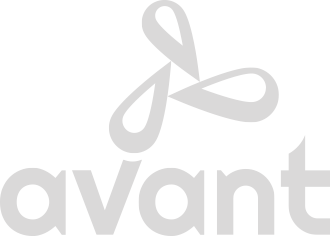I was thinking about the many ways daily feedback or stimuli influences our behavior, sometimes unknowingly:
Behavior shaping signals
- Crosswalk signal
- Clock / phone alarm
- Chime tells us we have email/text
- Waving flag on pole shows wind
- Crowd cheering for team that just scored
- Crying child signaling a need (hunger, pain)
- Car honking to convey dismay
- SMS notifications (e.g., a bank notifying us of fraudulent activity, or news alert)
As you can see, feedback serves many different functions and takes on a range of forms. We intuitively “get it.” When it comes to feedback and performance quality, research suggests that frequent feedback that is specific is better than infrequent feedback that is broad. (Park, Johnson, Moon & Lee, 2019).
So, what are other reasons to have performance feedback* with some regularity? We offer four fundamental reasons.
Sensitizing impact
When we receive feedback with greater frequency, the constructive feedback stings just a little less. As we grow accustomed to the feedback – just like the health app that tells you how many steps you have – we see it for what it’s worth, data. It is not personal but rather data from which we can begin to learn. For me personally, this is crucial as I have a keen desire to give my very best – consequently I can become anxious when I am going to receive feedback. It is not helpful to “brace yourself” for feedback, it is energy draining. More regular feedback reduces the tension and helps the receiver understand it for what it is – information to guide you along your journey (like a compass for a hiking path).
Becoming a detective
Now that we know it is “data” we can step back from the day to day and see a bigger picture. We can start to see trends as well as anomalies. We learn what to fully absorb and perhaps what to “file away” or ignore. For example, I have been training to hike the Himalayas, so I have been engaging in many different types of daily activities – weightlifting, cardio, balance, hill walking with a weighted pack. My fitness tracker discovered a trend for me – every Sunday my activity is significantly lower when compared to other days. Guess what I do with that data? I “file it away” because the trend is okay; Sunday is my “active recovery” day.
Shaping climate
Establishing regular feedback (versus annual) makes it okay for others to weigh in. This can have a cascading impact on the work climate. Over time there is more give and take to the point where you might even accidentally build a coaching culture.
Reinforcing effects
More frequent and specific feedback allows the learner the opportunity to understand and repeat what she is doing well thus the reinforcement makes the learning “stickier” if you will. Moreover, regular feedback allows a learner to modify or change what is not working more immediately. This too will enable the learning process. With daily and weekly feedback from my health app I can modify my training program before I head out to my climb. Imagine if I could only modify my training once I realized I could not reach the summit – that not reaching the summit was actually the feedback for corrective action. That sounds like an annual review to me. So, by offering more regular feedback we enable swifter and more effective course correction for ineffective behaviors and stickier for adaptive behaviors.
*Performance feedback
Definition (Daniels, 2016): "performance information that enables individuals to change their behaviors."
Sources:
Jin-A Park, Douglas A. Johnson, Kwangsu Moon & Jaehee Lee (2019) The Interaction Effects of Frequency and Specificity of Feedback on Work Performance, Journal of Organizational Behavior Management, 39:3-4, 164-178, DOI: 10.1080/01608061.2019.1632242
Daniels, A. C. (2016). Bringing out the best in people: How to apply the astonishing power of positive reinforcement. New York, NY: McGraw Hill Professional. [Google Scholar]

